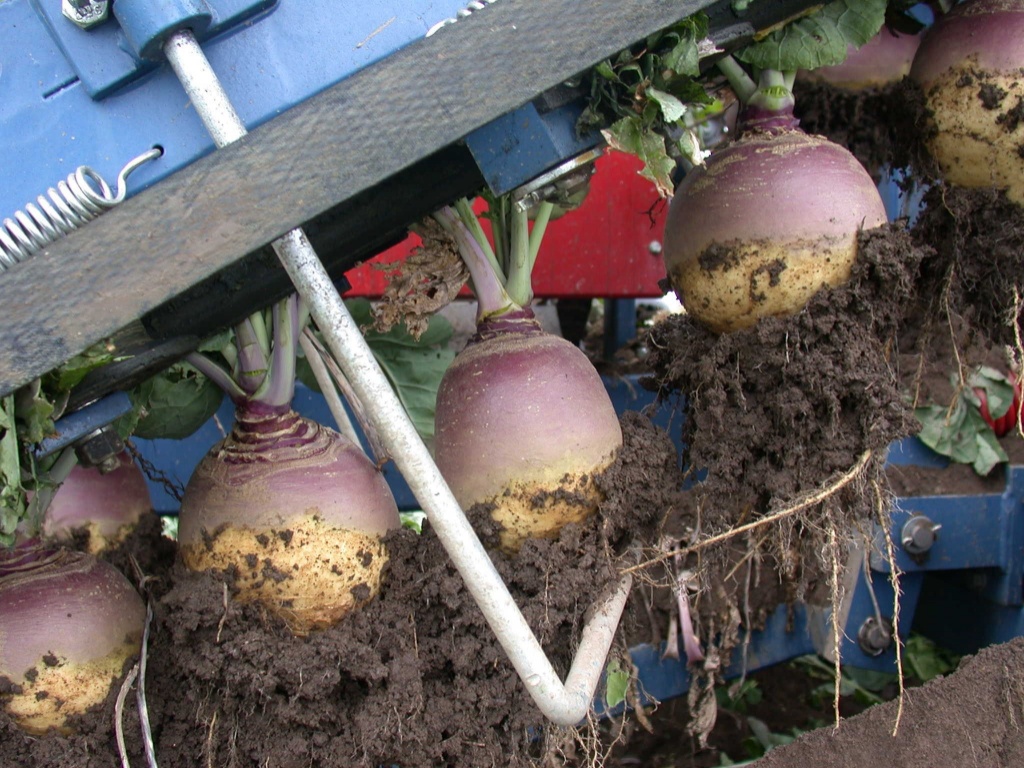Our First Step
Initially we grew Rutabagas for the North American market.



Rutabaga is a cross between a cabbage and a turnip. Also called a Swedish Turnip or a "Swede", it is very high in iron, and easy to prepare.





